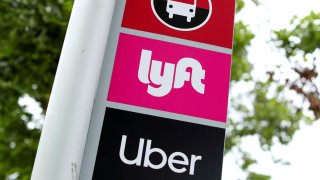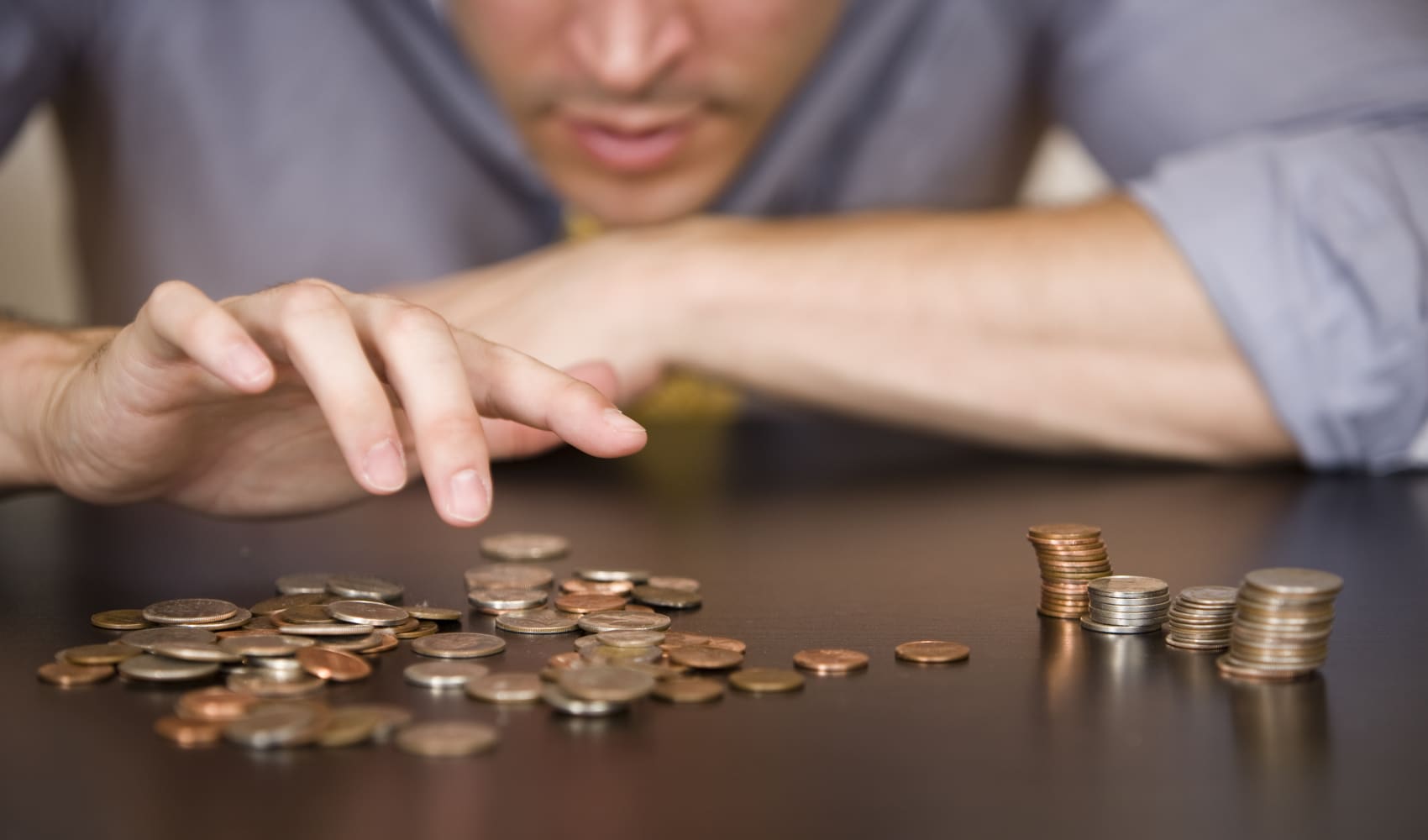
The cost of a ride from a ride-sharing app like Uber or Lyft increased 92% between January 2018 and July 2021, according to Rakuten Intelligence. Many riders have also noticed increased wait times for rides. The main reason is a shortage of drivers.
In early July 2021, Uber and Lyft drivers were about 40% below capacity. The companies have taken notice, and are investing millions worth of bonuses and base rates to convince drivers to return. But to turn things around, these ride-sharing companies might need to do even more to convince drivers to return.
"The companies don't really look at us as human beings, and they just consider us as profit," says Ben Valdez, a driver and volunteer coordinator for the group Rideshare Drivers United. "Once everything started to slow down, I was making... I think it was around $85 dollars for 12 hours."
Uber's website says drivers make anywhere between $22 per hour in cities like Orlando, to $37 an hour in cities like New York. Lyft has a long list of incentives and bonuses for drivers. But for those who are still relying on ride-sharing platforms to make a living, the companies are not offering enough.
Get Boston local news, weather forecasts, lifestyle and entertainment stories to your inbox. Sign up for NBC Boston’s newsletters.
In fact, many drivers switched to food delivery, like Chad Polenz, creator of Chad The Gig Economist. Polenz remembers, "I got turned on to InstaCart and Doordash, Amazon Flex, and I was driving like a quarter of the miles, and I was like making 200 bucks a day, easy."
It was a bit like a gold rush for drivers who were not able to deliver passengers during the pandemic; while Uber's ride-sharing revenue decreased 43% between 2019 and 2020, its delivery revenue increased 179%, according to its 2020 annual earnings report.
The driver shortage calls into question whether the ride-sharing business model is sustainable. Neither company has ever shown sustained profits, and instead have shown staggering losses compared with most other publicly traded companies. Uber lost $6.77 billion last year, and $8.51 billion in 2019, the last full year before the pandemic. Lyft lost $1.75 billion last year and $2.60 billion in 2019, although last quarter it was profitable for the first time on an adjusted EBITDA basis, which ignores costs like stock-based compensation and taxes.
Money Report
Profitability was a problem for these companies even before the pandemic, when Uber and Lyft were rapidly growing. Back then, these ride-share companies were subsidizing the price of rides with promotions, discounts, and even just lowering the cost of rides to bring in new customers. So the capital raised by these companies, in part, went to making rides more affordable, and making sure drivers were happy with their compensation. Now that Lyft and Uber are public companies, they have to worry more about making a profit.
To turn things around, Uber has launched a $250 million driver stimulus, and Lyft has invested in more driver bonuses and incentives.
Uber declined to comment for this story and Lyft spokesperson said in an emailed statement that "we've added thousands of drivers to the platform and expect rider wait times and prices to improve moving forward."






